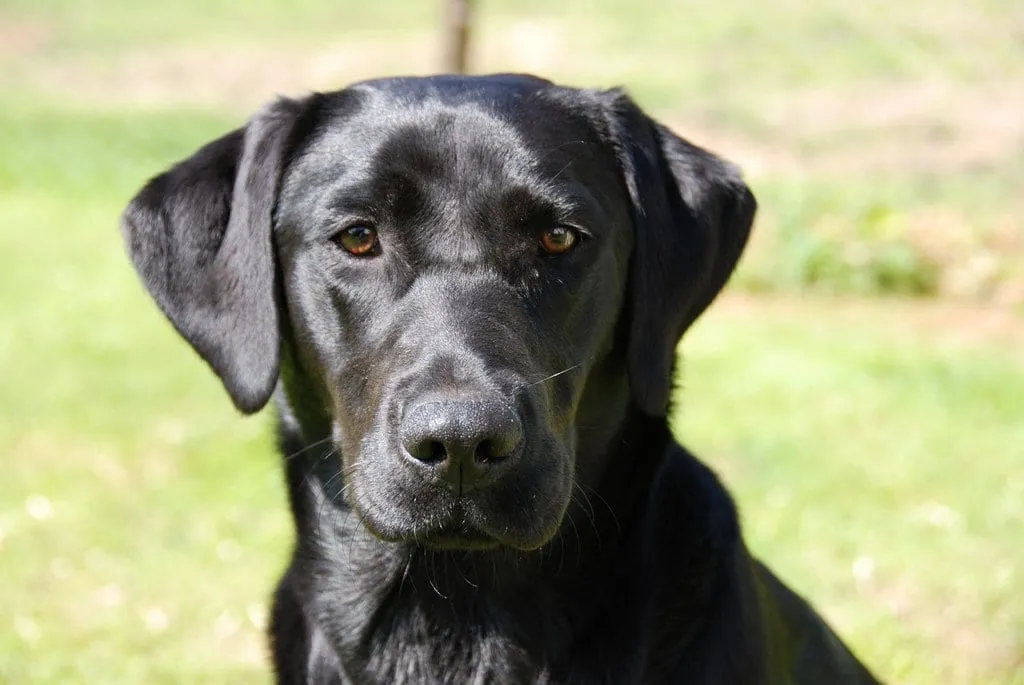Australian Shepherd
The Australian Shepherd, commonly referred to as the “Aussie,” is not necessarily of Australian origins anymore. Despite its name, this breed has a more extensive history in the United States, tracing back to the 1800s. It bears some resemblance to the Border Collie and is known for being a trainable and dutiful dog. Although Aussies are diligent and proficient performers, they require diverse forms of engagement to fully utilize their skills.
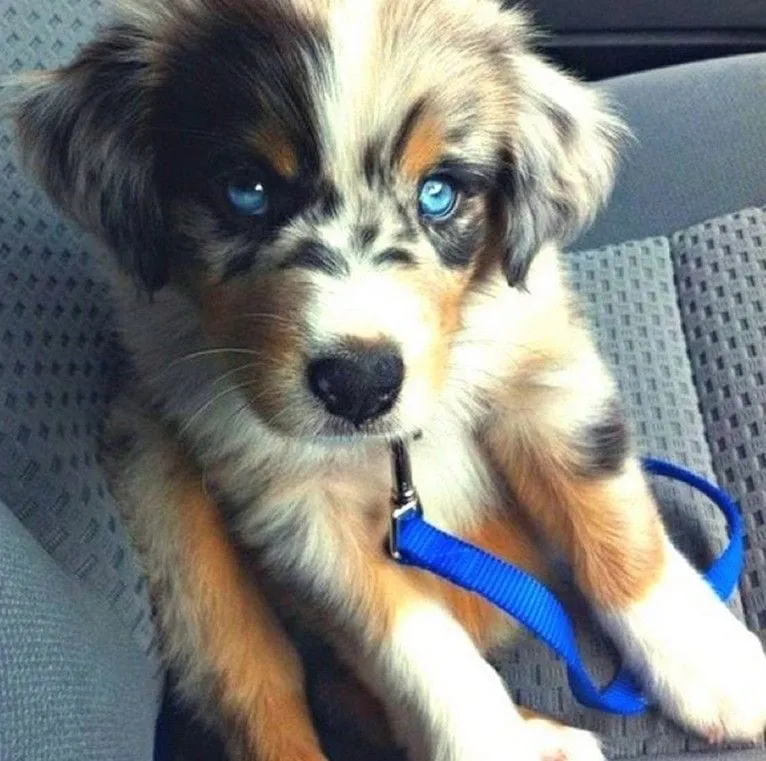
Poodle
The National Dog of France is the French Poodle, a breed easily identified by its distinct characteristics and high intelligence. Poodles are calm and patient canines that are easy to train and greatly enjoy grooming. Known for their strong loyalty, they possess a bold sense of style when groomed, setting them apart in a commendable way.
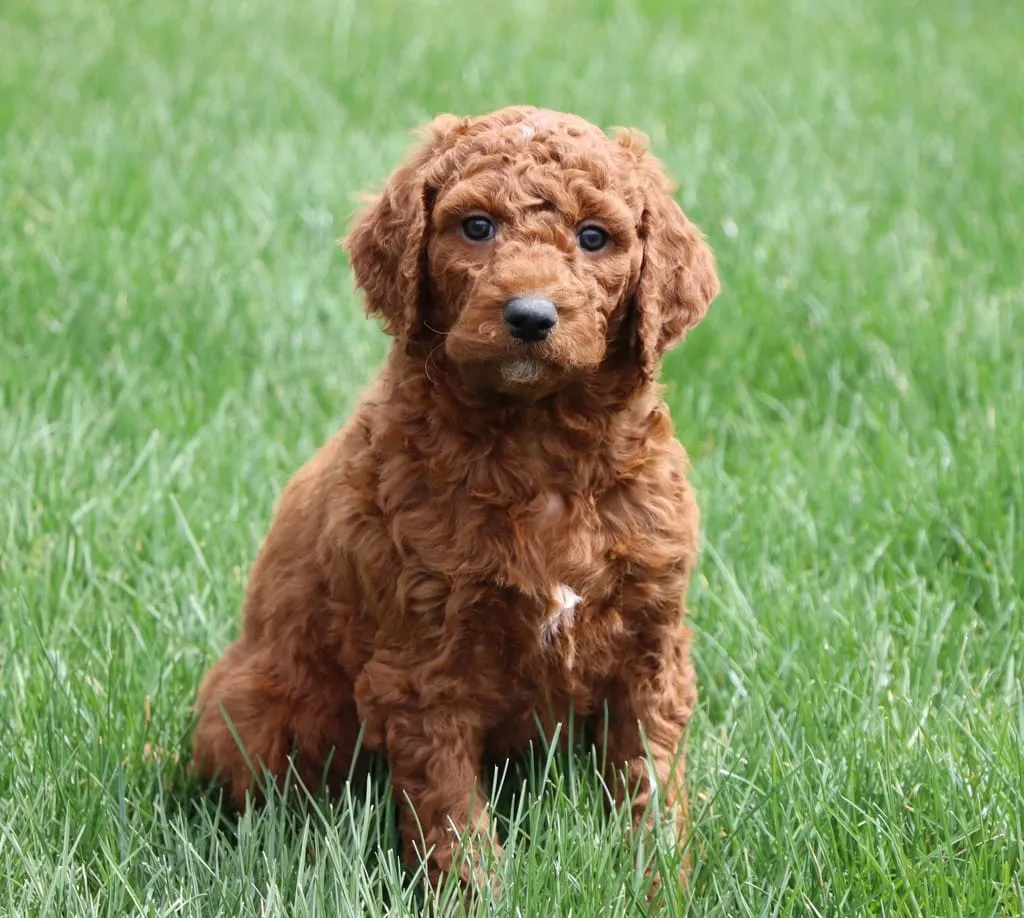
Schipperke
In the late 1800s, the Schipperke, a breed of dog originally from Belgium, was officially recognized. There has been a debate over whether this dog belongs to the spitz group (a smaller breed) or shepherd dog group. However, according to official recognition, they are classified as small sheepdogs due to their agility, intelligence, and quick response time. These dogs were commonly found on boats in the 19th and 20th century and were called “little boatmen,” but their name “schipperke” actually translates to “shepherd” in Flemish.
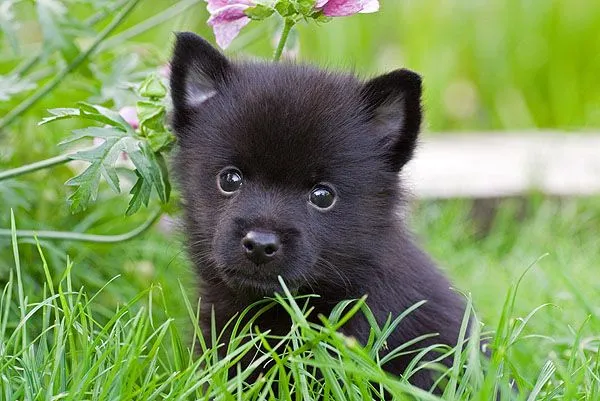
Keeshond
The Keeshond and Schipperke breeds have some similarities despite having different temperaments and coat types. While they were both popular boat dogs for their rat-hunting skills, the Keeshond was less experienced in herding compared to the Schipperke. Consequently, Keeshonds are generally more relaxed and are praised for their intelligence and quick reactions, making them great companions for kids. If you’re looking for a small indoor dog for a smaller home or yard, the Keeshond is an excellent choice.
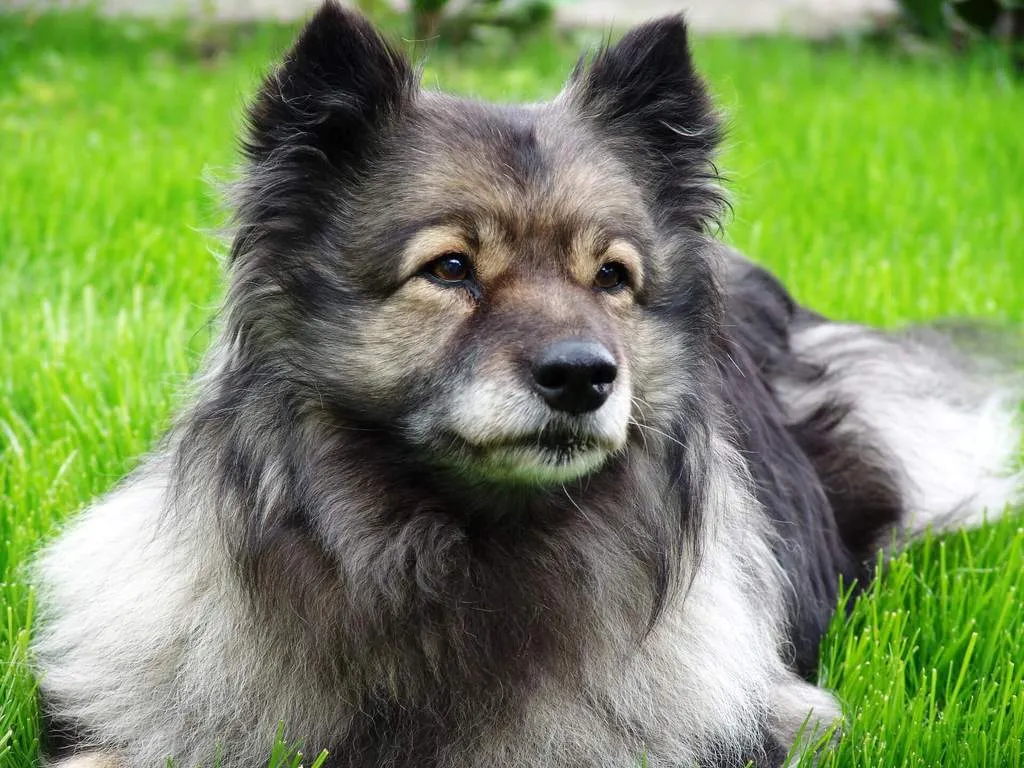
Brittany Spaniel
The Brittany Spaniel was initially developed as a hunting dog and gained popularity among French aristocrats during the 18th and 19th centuries. Thanks to their swiftness, flexibility, and strong sense of smell, they were recognized for their ability to ‘point’ out game, making them valuable to hunters. These dogs are very attentive and typically have a relaxed and sociable temperament. With appropriate exercise, nourishment, and affectionate care, they generally adapt well to domestication.
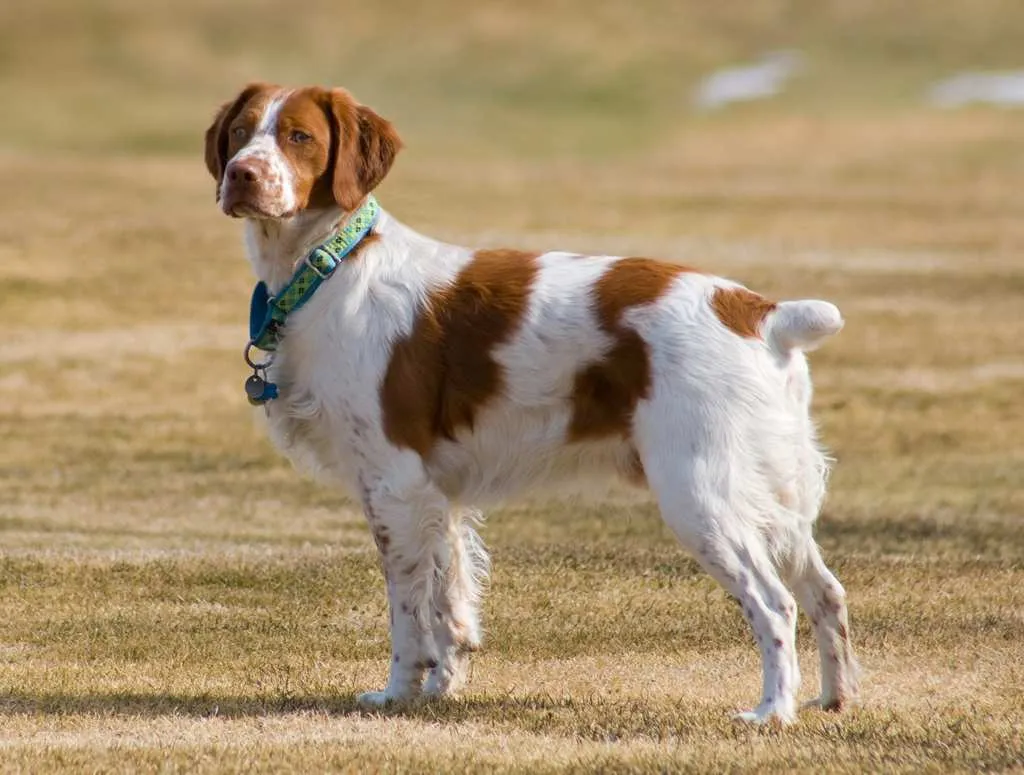
Long-Haired Collie
The Long-Haired Collie is a highly recognizable dog breed worldwide, known popularly as Lassie from a famous show and book series. These dogs were initially bred in Scotland as herding dogs, but later with other sheepherding dog breeds to form the current version. They have a kind and gentle nature, respond well to training and are considered intelligent.
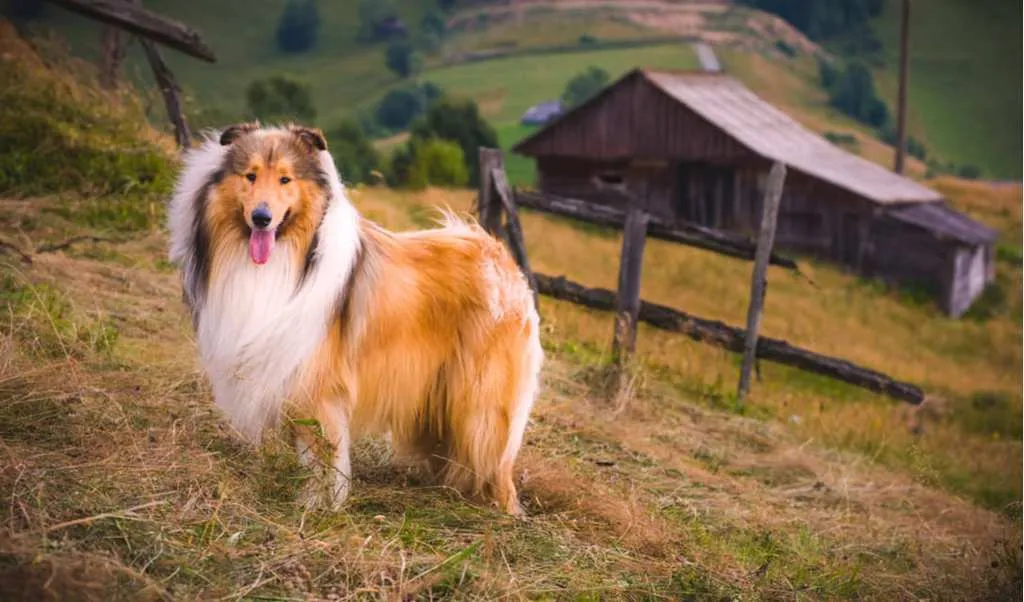
Welsh Corgi
It may be surprising, but the Welsh Corgi was originally bred for herding. Despite its small stature, this dog is quick, nimble, and has impressive stamina, which makes it a great “heeler” that nips at the heels of bigger animals to guide them. The Welsh Corgi is a blend of the Welsh Corgi and the Swedish Vallhund breeds, which accounts for their comparable appearance. These dogs are very friendly and have a distinct personality, and they are known for their strong loyalty. Additionally, Welsh Corgis are intelligent, particularly when trained.

Shetland Sheepdog
The Shetland Sheepdog is reminiscent in appearance to the Long-Haired Collie on a smaller scale, due to the fact they were historically bred in the same location. Despite their size, similar to the Shetland Pony and Sheep, they are robust animals. The Shetland Sheepdog’s high level of intelligence, responsiveness, and loyalty, making them ideal companions. Because of their strong attachment to their owners, they’re even known as ‘shadows.’ Choosing a Shetland Sheepdog as a four-legged friend or a new addition to the family would be an exceptional decision.

English Cocker Spaniel
The English Cocker Spaniel, a breed that has been native to England for centuries, has been recorded in historical records for over five hundred years. They were initially bred as hunting dogs, but have since become a beloved and widely popular domestic pet. Their intelligence and loyalty make them excellent candidates for either show or hunting dogs, with the proper training. Owning an English Cocker Spaniel can be a delightful experience as long as training is provided.
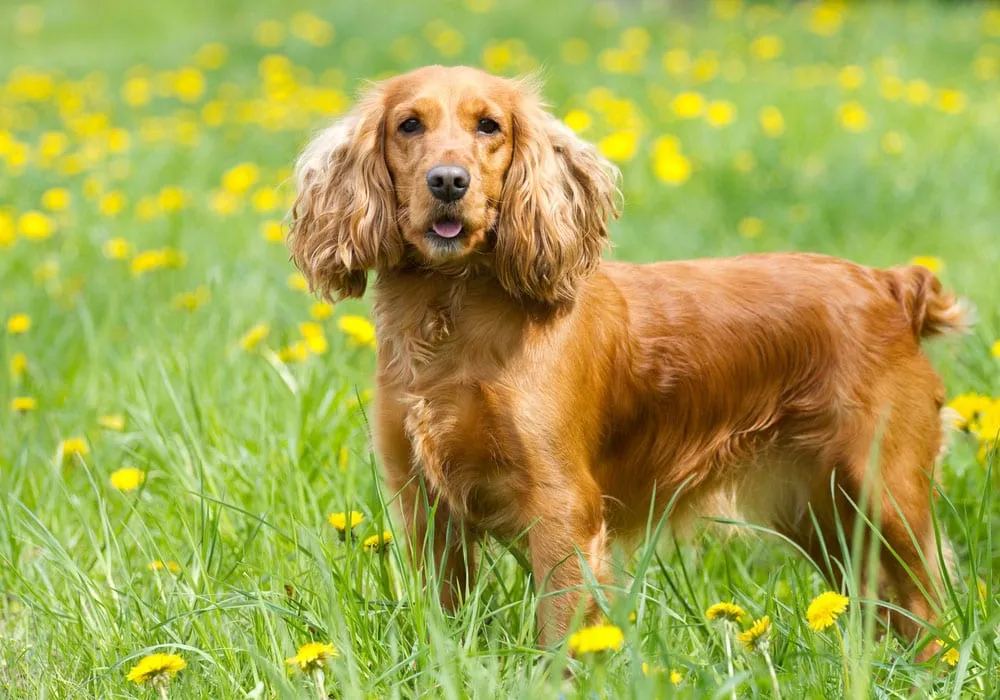
Bernese Mountain Dog
Bernese Mountain dogs, who have their roots in the Swiss Alps, develop into imposing dogs. While they were initially bred for farm work, their duties were not limited to being watchdogs, as they were often utilized for physically demanding labor due to their impressive size. These friendly giants have demonstrated a natural ability for pulling carts and have been historically well-suited for such activities. While they exhibit some traits suited for herding, their true calling has always been cart-pulling.

Pomeranian
Even though Pomeranians are tiny, their size does not indicate their level of intelligence. They are an excellent option for those who want a smaller breed that can be taught easily. Their relatives are mostly bigger dogs, and the Pomeranians occasionally forget their small size. Although they are homebodies, they are great at tracking, which is not their primary function.

Irish Water Spaniel
The distinctive characteristic of Irish Water Spaniels is their purplish coat, which sets them apart from other spaniels. Despite this uniqueness, they share similar abilities with their relatives: they are adept at hunting, tracking, and agility. Their name indicates their swimming prowess, which is considered their strongest skill. These spaniels are highly intelligent and enjoy tasks that test them both physically and mentally.
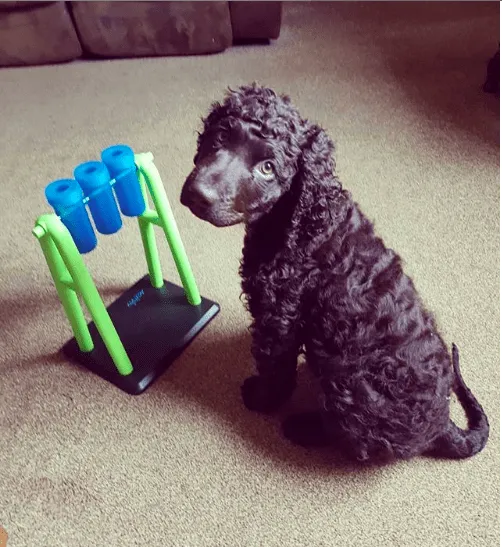
Vizsla
The Vizsla breed is known to excel in hunting, and it is evident that they are naturally inclined for it. Hailing from Hungary, Vizslas are considered just the right size for sporting dogs. Although these dogs are highly intelligent and can perform well in various areas, their loving nature makes them a well-liked choice as indoor pets. Just like many other sporting dogs, Vizslas require constant engagement during their younger years or they may exhibit destructive behavior. Nevertheless, with proper instruction, they have the potential to be great companions for children.
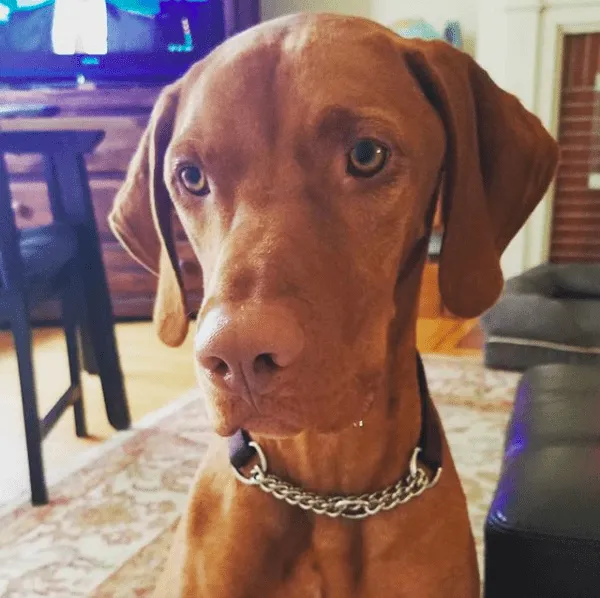
Dalmatian
The Dalmatian breed gained popularity due to their presence in firehouses, and their positive traits were widely recognized. However, the breed’s genetic tendency towards deafness initially made early breeders underestimate their intelligence. Nonetheless, Dalmatians went on to become guard dogs in various industries, including fire services and brewing. The Disney movie 101 Dalmatians further increased their popularity.
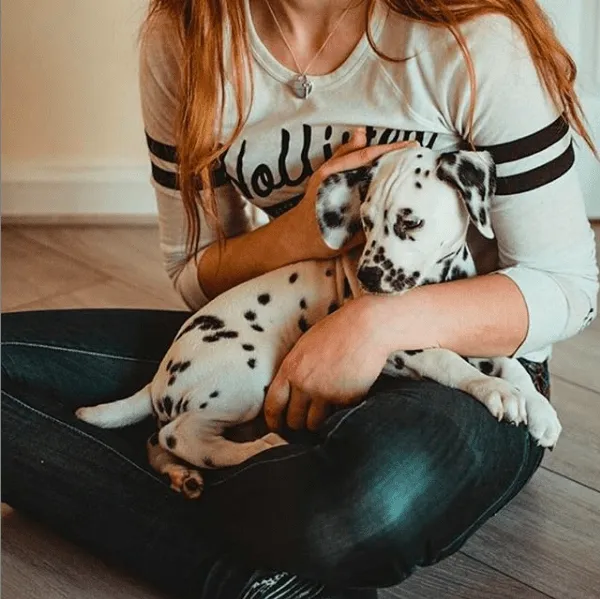
Bichon Frise
The Bichon breed may appear charming and cuddly, but don’t be fooled by their intelligence. While not a first choice for sports, they excel in performing tricks with their impressive hind leg agility, making them a popular choice in circus shows. Additionally, Bichons are loving and gentle creatures that make excellent therapy dogs, when given the proper care and attention.
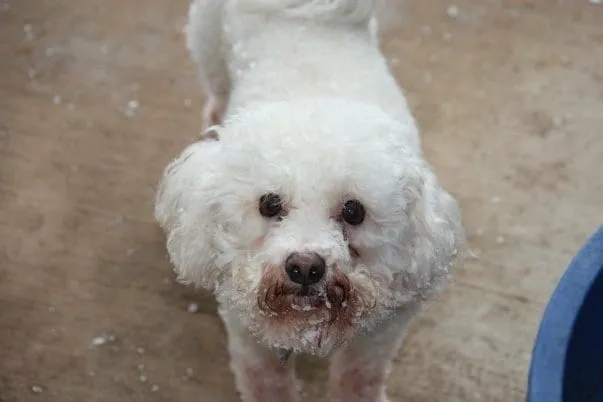
Samoyed
The Samoyed dog, originally from Siberia, can easily be recognized by its thick and white fur. Unlike other dog breeds that were bred to herd sheep, Samoyeds were trained to work with reindeer herders. Although they are large in size, Samoyeds are famously friendly and always seem to have a smile on their face, which makes them less suitable for guard dog duties. However, they are intelligent dogs. Though they may not work as sled dogs anymore, Samoyeds still enjoy pulling things.
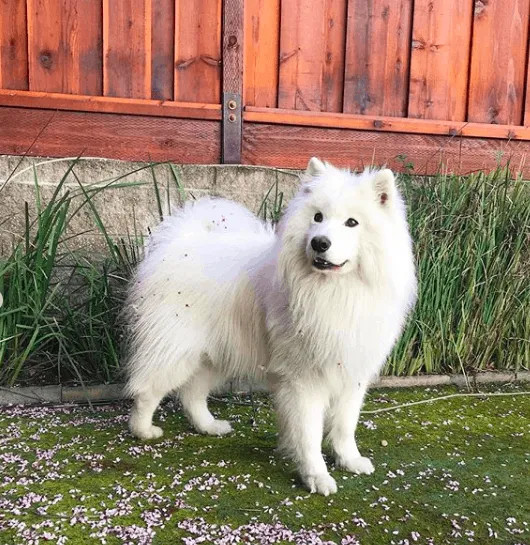
Yorkshire Terrier
These pint-sized puppers are usually better known for their looks than for their intelligence, but that shouldn’t be the case. Though Yorkies love people, they’re still highly independent dogs, which makes training them easier than expected. Despite their stature, these terriers were originally bred to work, meaning that they need plenty of stimulation in order to keep them content, both for their sakes and their owners’ sakes. Shower them with attention, and Yorkies will shower you right back with affection.
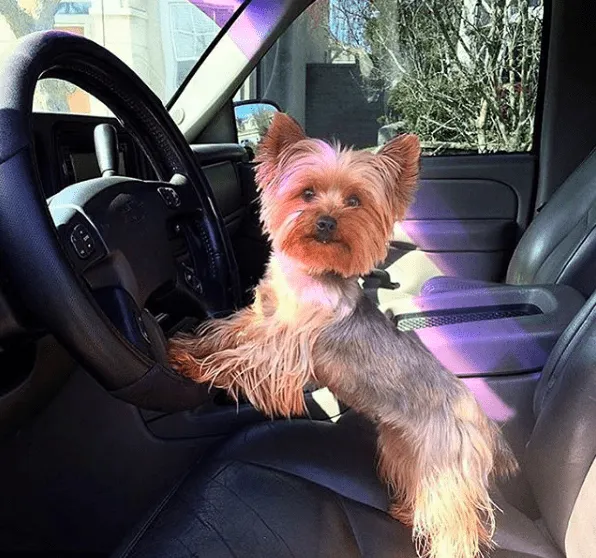
Bouvier Des Flandres
If you had any questions about the inherent skills of the Bouvier des Flandres, all you need to do is turn to its name, which literally translates to “cow herder of Flanders.” These dogs are impressive workers who can be trained not only to herd cattle but to guard the farm and even pull carts with their exceptional strength. In the early 20th century, the Bouvier was a popular choice for military training, especially during World War I.
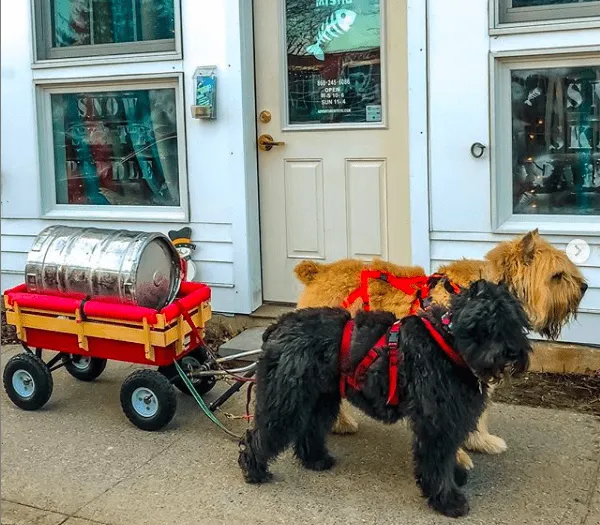
American Eskimo Dog
Early on, American Eskimo dogs were frequently adopted by circuses, not for their ability to pull a sled or survive in the cold, but because they were so good at learning new tricks. American Eskimo Dogs are so easy to train, that they can sometimes learn new tricks just from observing another dog being taught. It was an Eskie who managed to learn to walk a tightrope, a feat that at the time hadn’t been completed by any other dog.
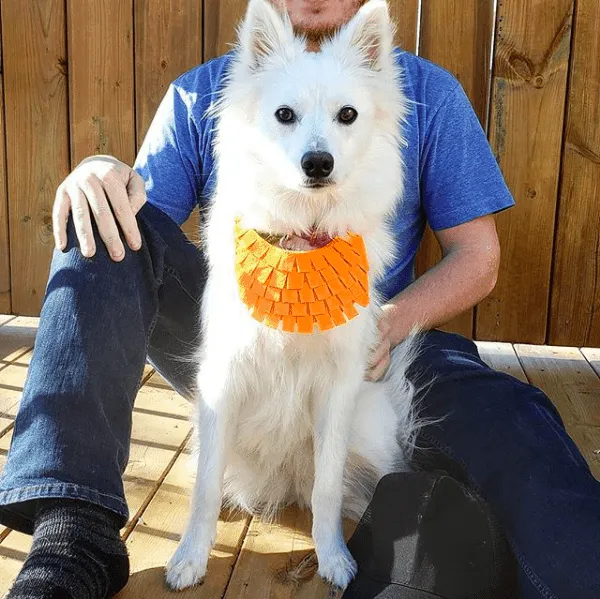
Belgian Shepherd
The Belgian Shepherd and the Belgian Tervuren were two dogs that were often mistaken for one another during the late 18th century, through until the early 20th century. While the dogs do have very similar features and even share many of the same characteristics, they were registered as different breeds during the early 20th century due to their varying origin. They are intelligent dogs that are known for being obedient, alert and responsive making them the ideal family guard dog and walking companion.
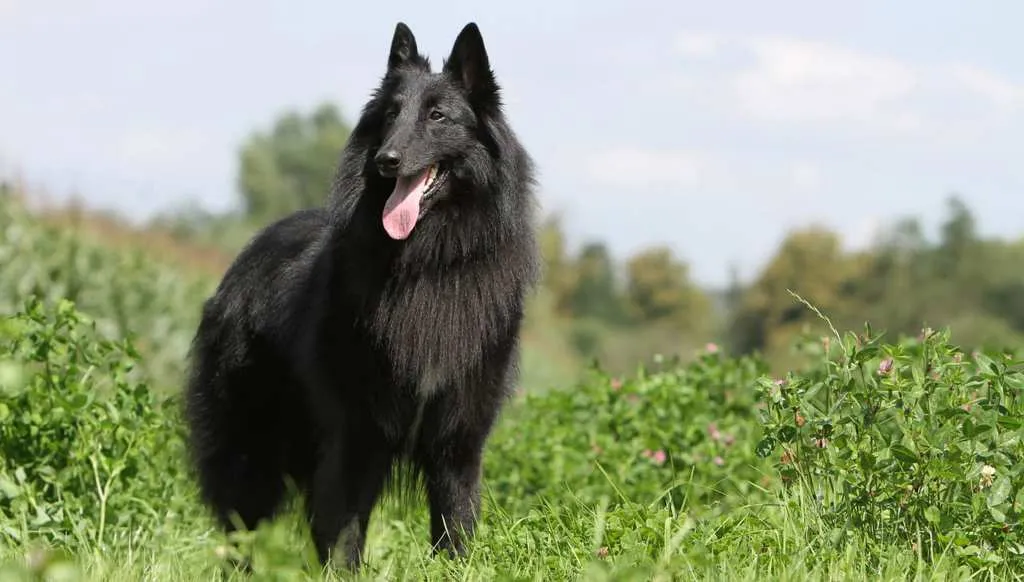
German Shepherd
The German Shepherd is one of the most popular breeds around today and this is largely because of their high levels of intelligence, obedience and self-assurance. In Fact, the German Shepherd has been bred precisely for these reasons and is said to be able to process a command and react to it correctly after only 5 repetitions. Once trained, they are incredibly well-natured dogs that are loyal to their owners and make excellent guard dogs. They are frequently used by police – so guarding your home shouldn’t be a problem.
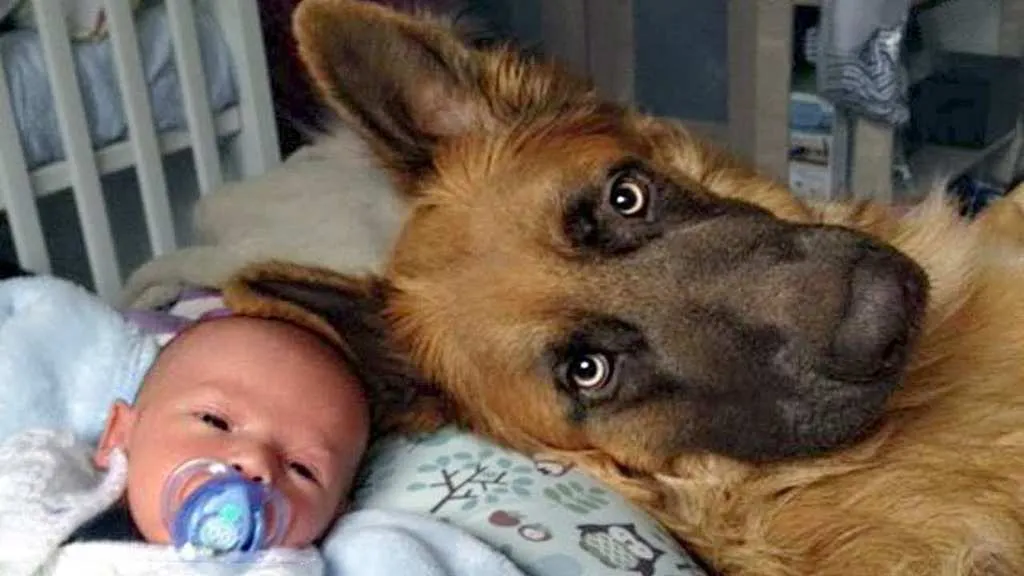
Border Collie
Much like the German Shepherd, the Border Collie is also a well-known breed of herding dog that was originally bred for intelligence and obedience. Border Collies are thought to be highly loyal and responsive dogs, however, they do require a certain degree of training before they’re really suitable for domestication. Border Collies are also highly energetic dogs that require a lot of exercise on a daily basis because without this, they are known to become aggressive and mischevious – so be sure to walk them regularly!
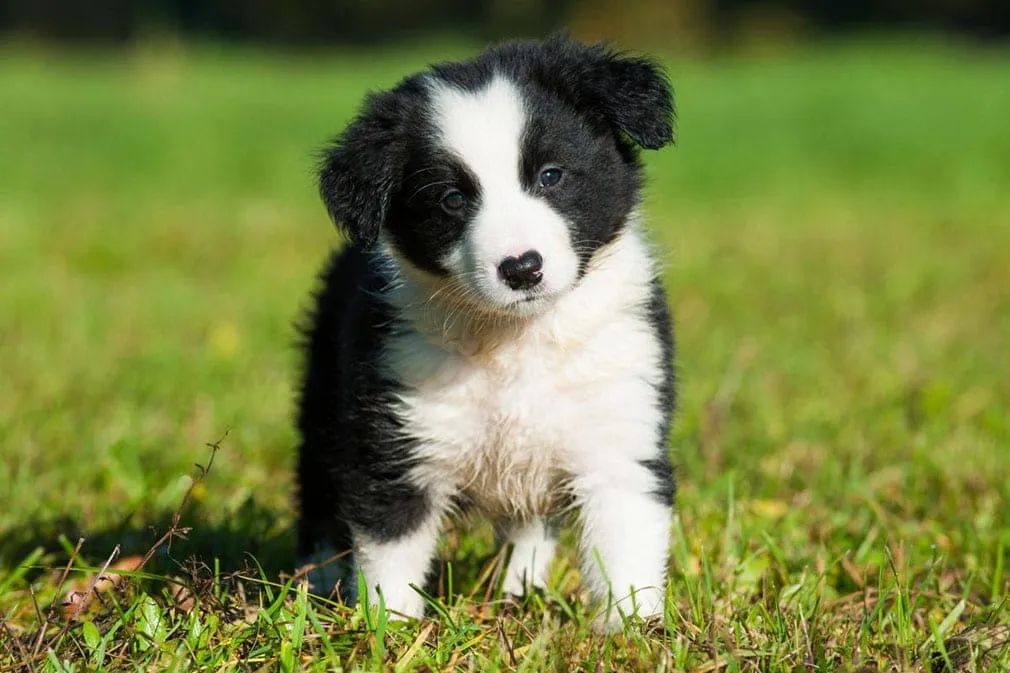
German Shorthaired Pointer
The German Shorthaired Pointer was originally bred to be able to outrun fast game and made for an excellent hunting companion. However, in more recent years, the dog has been domesticated making it an ideal addition to the family home because they are considered to be calm in nature, fun-loving and quite boisterous when excited, but are otherwise loyal and friendly – granted that they’ve been socialized and trained. They are considered to be excellent guard dogs and will keep you and your family safe.
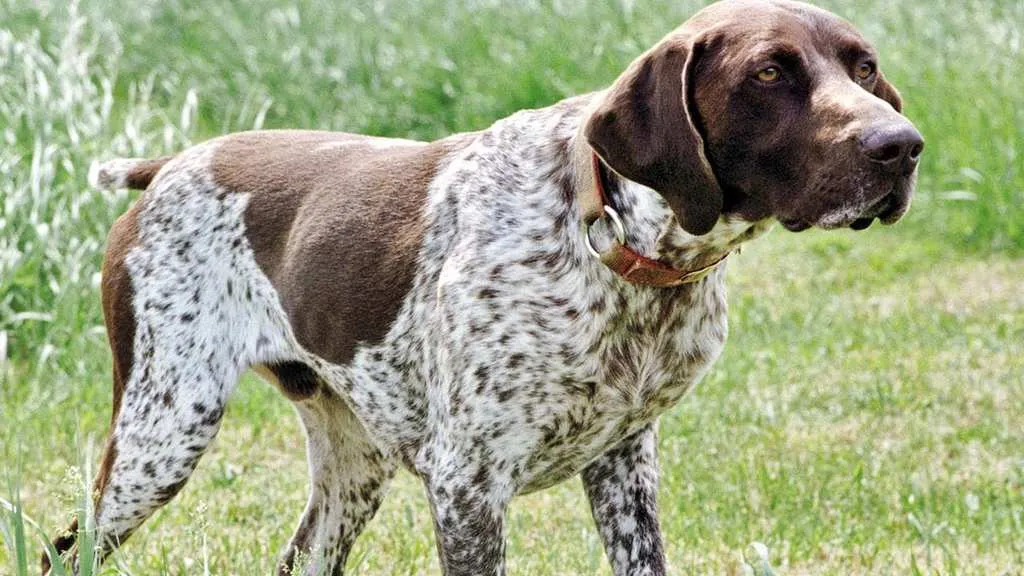
Bloodhound
The Bloodhound is an easy dog to recognize due to their unique skin and characteristics. The dog was bred originally as a ‘scent’ dog because of its incredibly keen sense of smell. They were frequently used for hunting game but eventually became popular as law enforcement dogs due to their impressive tracking ability – however, in general, Bloodhounds are considered to be calm and passive dogs that are intelligent and responsive. They would make ideal pets for the home and double up as great guard dogs!
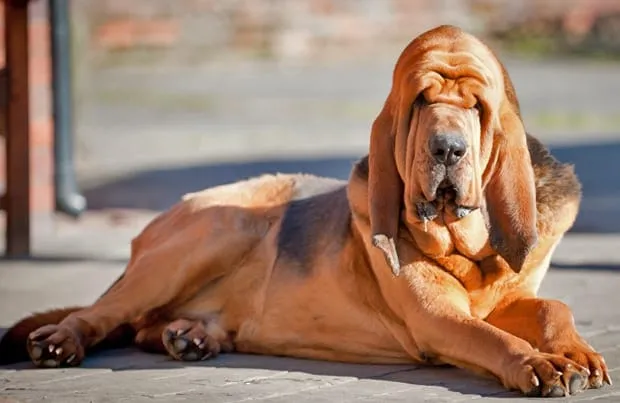
Newfoundland
They may have been once bred to be working dogs for the fishermen of Newfoundland, but these majestic dogs are a lot more than what meets the eye. With their great size comes high intelligence. What also makes them stand out from many other breeds is their tremendous loyalty and ability to stay calm. They are regarded as very good rescuers in dangerous, water-based situations. This is also due to the fact that they are strong and can swim well.
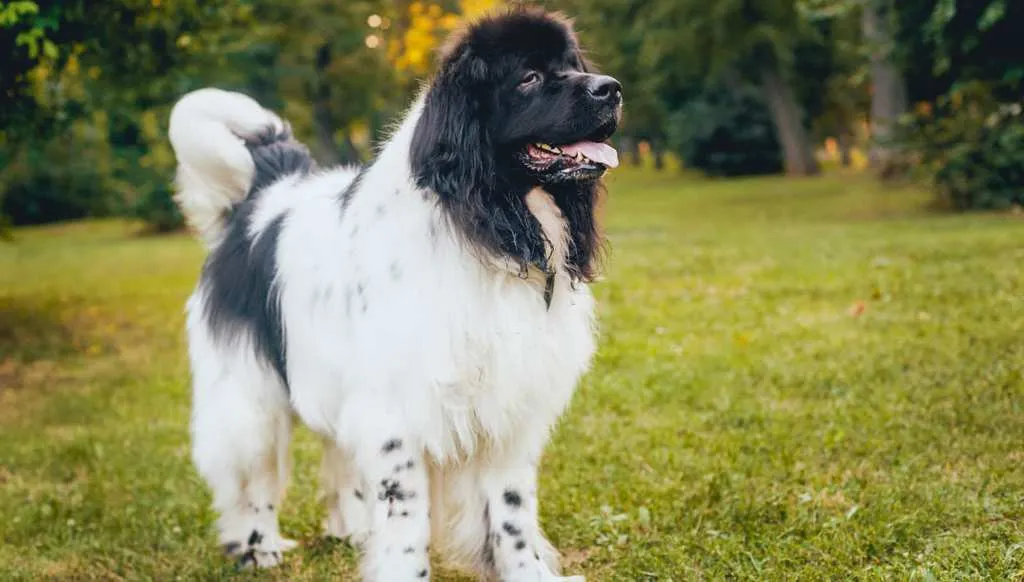
Alaskan Husky
Naturally, like all others, the Alaskan Husky is a pack-centric dog. The American Kennel Club claims that these dogs require their owners to act very much like a leader. The earlier you have them, the easier it will be to train them and make sure that they respect you. Alaskan Huskies thrive on rules, trusting their owners and having a strict routine. However, when you have the chance to take them out on a walk, they know their way around.
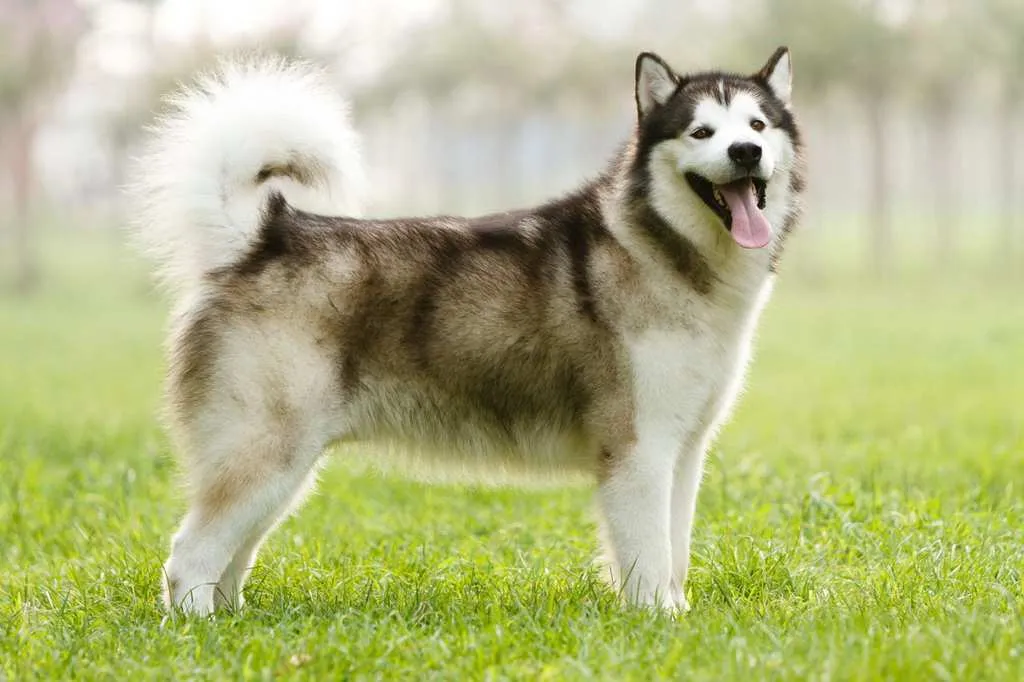
Norwegian Elkhound
There is a good reason why the national dog of Norway is called the Norwegian Elkhound. Seeing that “Elk” translated into “moose,” it’s not too surprising what this hound has been used for over the years. It has developed a reputation for hunting down moose, as well as other animals such as wolves and bears. Specifically, the elkhound distracts the animal before alerting human hunters of its presence. Needless to say, this dog’s skill and stealth are clear indicators of its intelligence.

Flat-Coated Retriever
A long-lost relative of the Labrador, the Flat-Coated Retriever is just as confident as it is intelligent. If you want a dog that can spend hours outdoors in a hunting environment, then this is a worthy choice. Of course, this dog isn’t just useful for hunting. It also is a great companion to have at home. According to the AKC, Flat-Coated Retrievers are great therapy dogs, making them good to have around to boost patients’ spirits at hospitals.
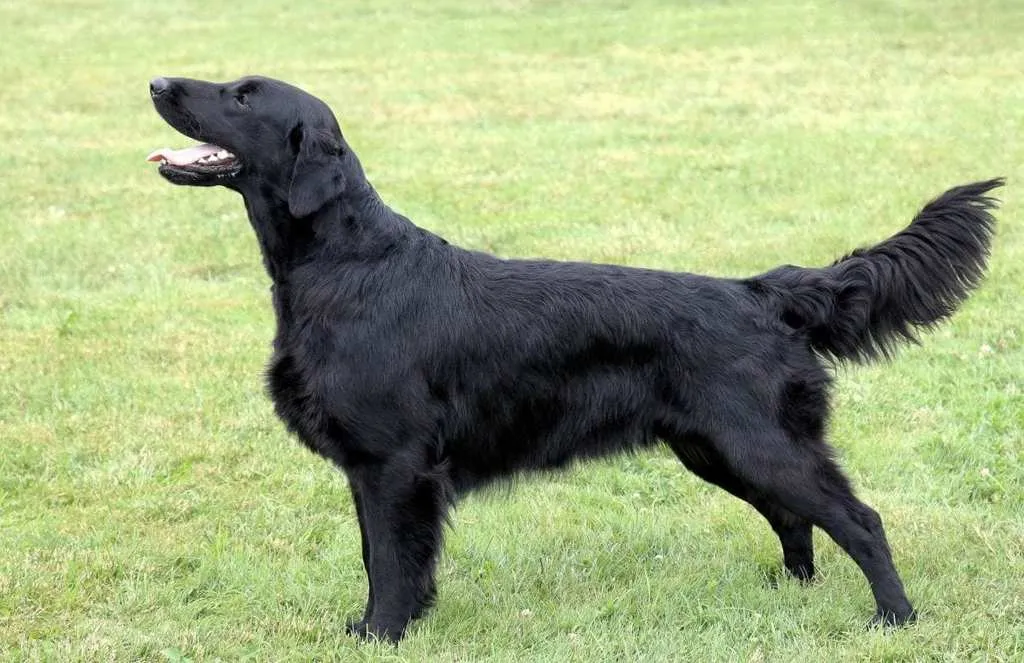
Giant Schnauzer
The Giant Schnauzer’s intelligence and loyalty make him a stellar companion. They are a bigger and stronger variant of the standard Schnauzer, and they should, as the breed standard suggests, be a “bold and valiant figure of a dog.” Incredibly intelligent and fiercely territorial, the Giant Schnauzer loves his owners and feels a great responsibility to keep them safe. They learn quickly and can distinguish between friend and foe. The Giant Schnauzer is not for the casual owner.
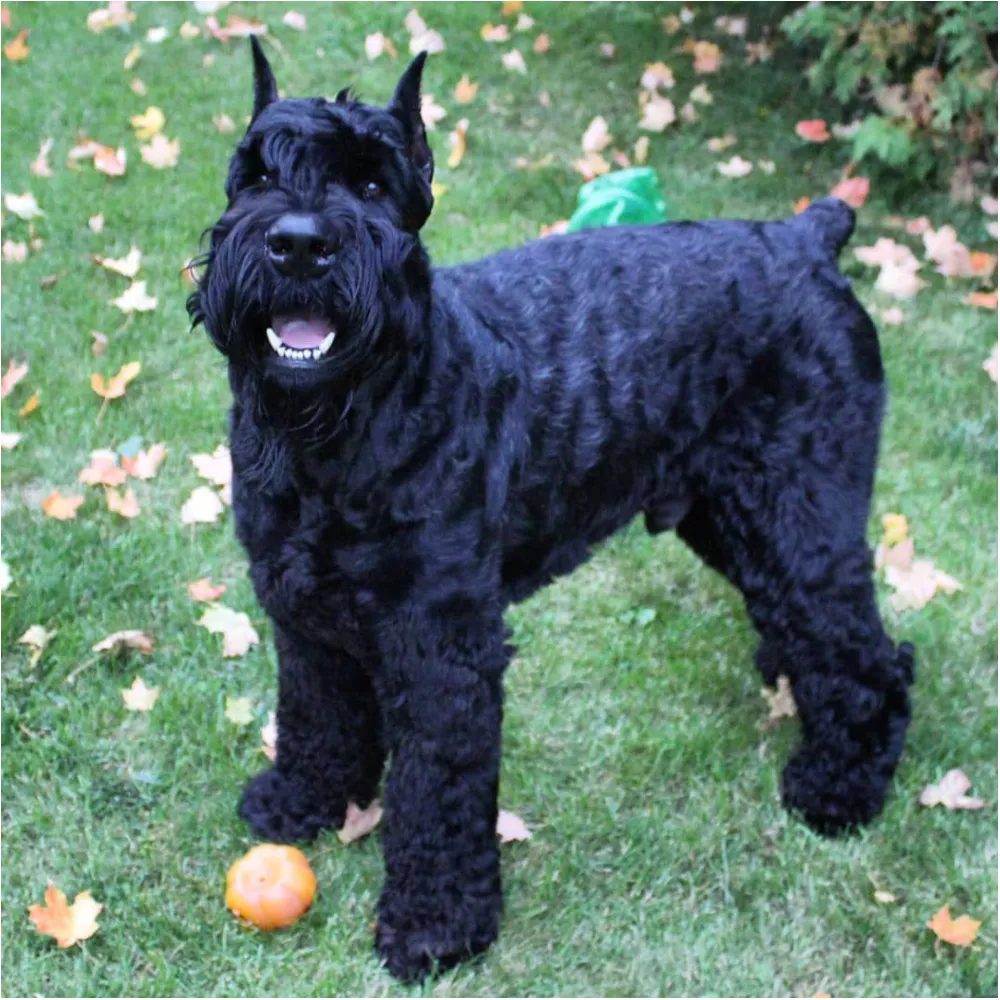
Border Terrier
This alert, friendly dog was initially bred to assist in foxhunts. Admirers are fond of the upbeat and agile Border Terrier for the breed’s reputation as a fierce, no-frills working terrier. These brave, happy, and affectionate dogs are popular pets in town and country. The wiry coat is an easy keeper. They are often described as “hard as nails” when working, but at home, they’re good-tempered, affectionate, and trainable. Border terriers love exploring outdoors and make excellent childhood playmates.

Borzoi
Among the most elegant looking of dogs, the aristocratic Borzoi is cherished for his calm, agreeable temperament. They are large Russian wolfhounds that take after some central Asian breeds such as the Afghan hound and Saluki. They are a princely package of strength, grace, and glamour, and can run up to 40 miles per hour. Borzois can generally be described as “long-haired greyhounds.” They are known for being intelligent as well as adaptable to almost any environment but don’t do well when left alone.

Norwich Terrier
Norwich Terriers are bold little canines named after their hometown in England. The old cliché “a big dog in a small package” was coined for breeds like the Norwich terrier, who can sometimes be oblivious to the fact that they are so small. Norwich Terriers are spirited little dogs, and they are usually eager to please, responding well to instructions once they’ve been trained. Short, positive training sessions work best with this bright but sometimes stubborn breed.

Pharaoh Hound
The Pharaoh Hound, also known as the “Blushing Dog” of Malta, is an elegant sprinting hound bred to hunt prey over punishing terrain. Quick and tenacious when they come across a scent, these friendly, affectionate hounds settle down nicely at home. However, there is a problem in teaching them to come if they are off the lead in an open area. No matter how obedient or well trained, they will not come when called when they find themselves suddenly in a “free situation.”
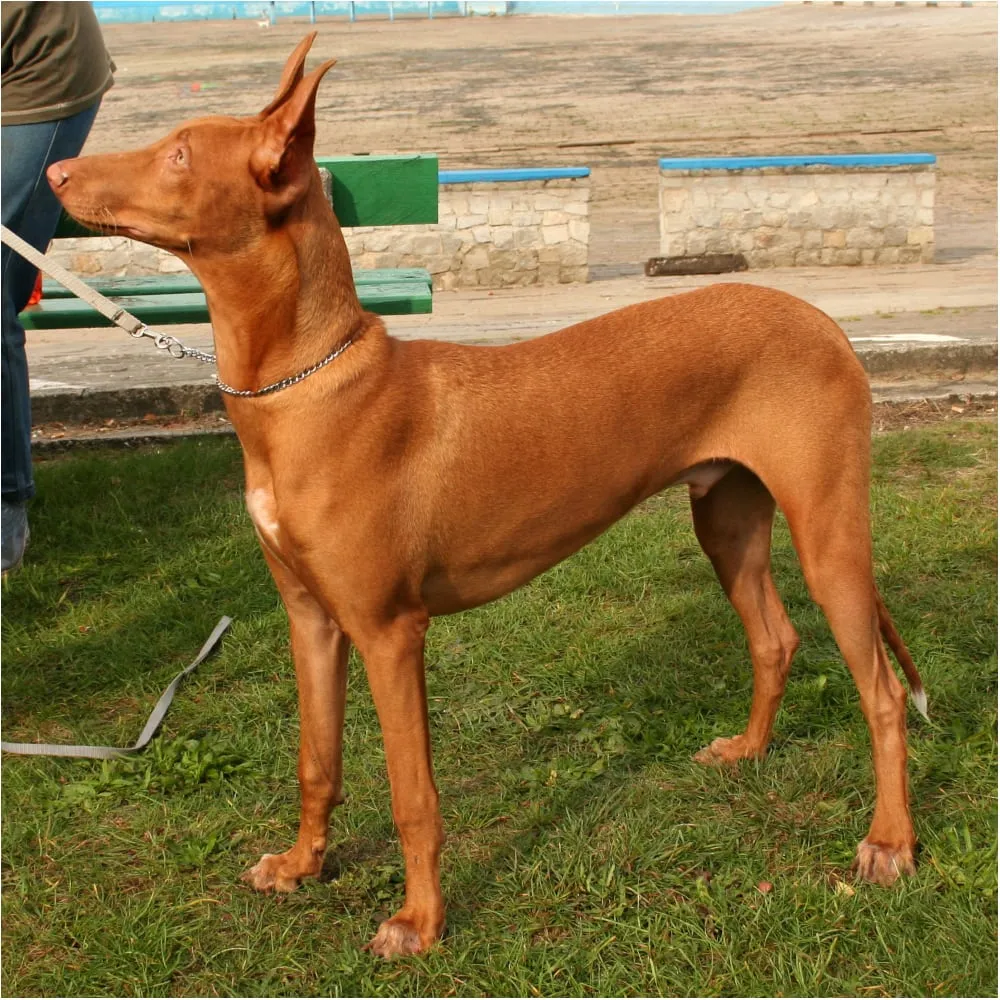
American Staffordshire Terrier
American Staffordshire Terriers are intelligent, confident, easy-natured companions and their courage is renowned. A responsibly bred, well-socialized American Staffordshire Terrier is a loyal, trustworthy friend to the end. Their owners describe them as keenly aware of their surroundings, ready for anything, and lovable “personality dogs” around the house. Early socialization and puppy training classes are highly endorsed for all dog breeds, but given this breed’s strong will and physical strength, they are a necessity.
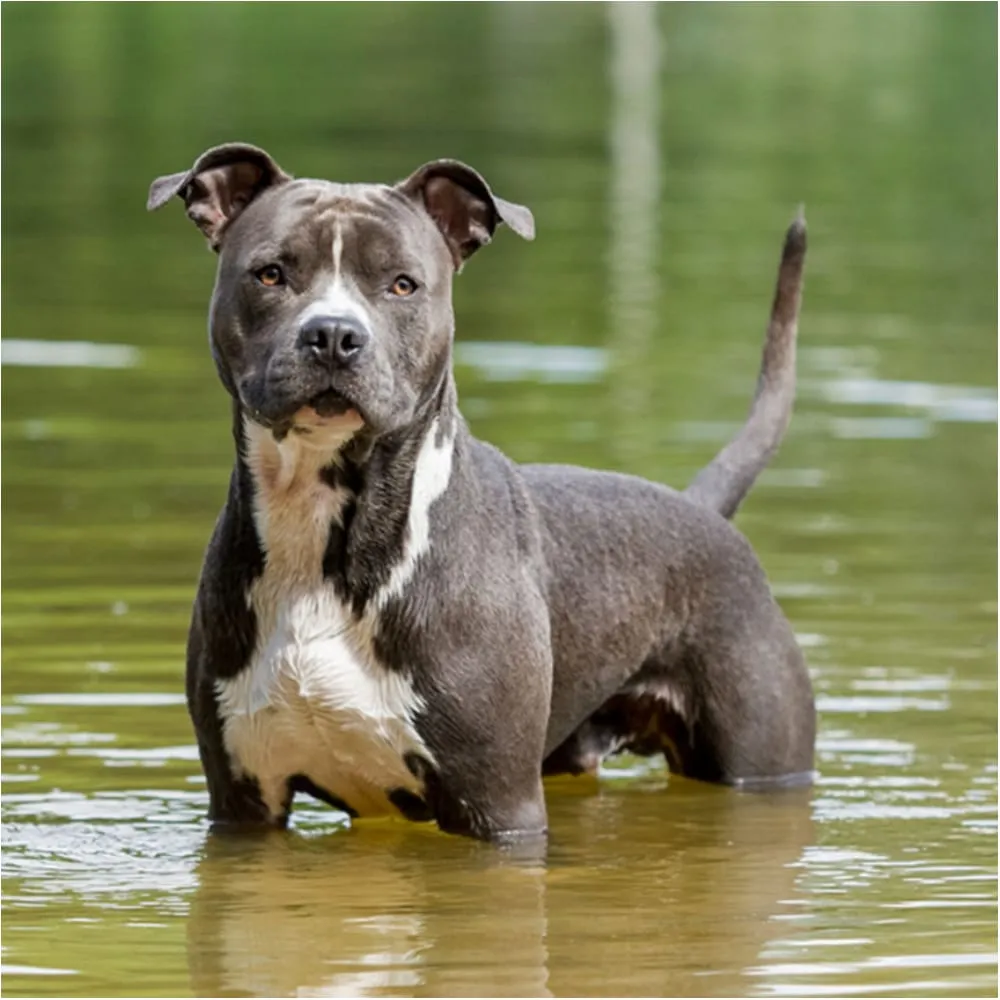
Gordon Setter
The Gordon Setter is a substantial, athletic and outdoorsy breed. Gordons are bold, confident, and brave in the field, and sweetly affectionate by the fireside. A few simple training commands are mandatory. A puppy or dog must be trained to know the command “come,” and to come when called, to know his name and respond, and to obey the word “no.” Gordons are stubborn yet very soft and loving, and they live to please their owner. They are brilliant and learn quickly.
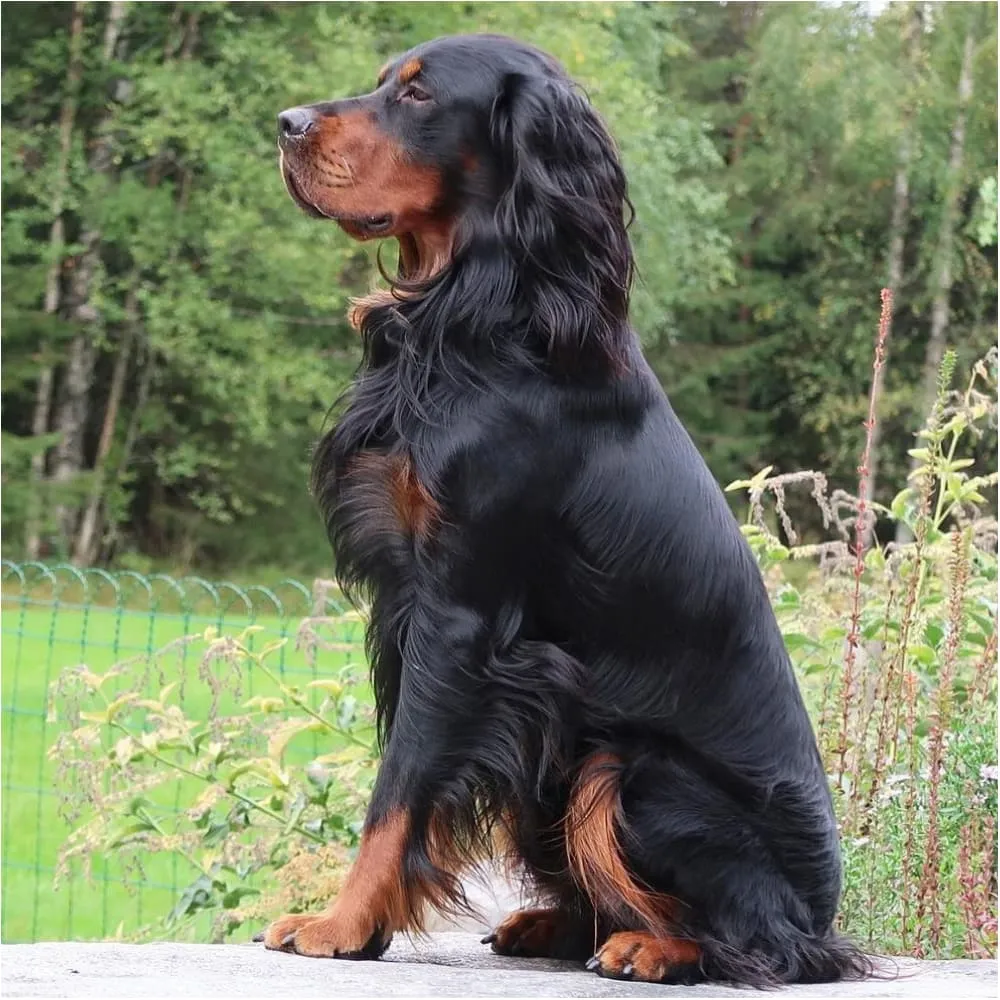
Briard
The Briard breed is known to be filled with so much loyalty, love, and spirit that it’s been called a “heart wrapped in fur.” Their dashing good looks radiate a distinct aura of romance and elegance. The Briard can make executive decisions without the aid of a human. They are happy to please, however, only when training methods are positive, and the sessions kept energetic and engaging, can the Briard’s natural intelligence have him at the top of the class.
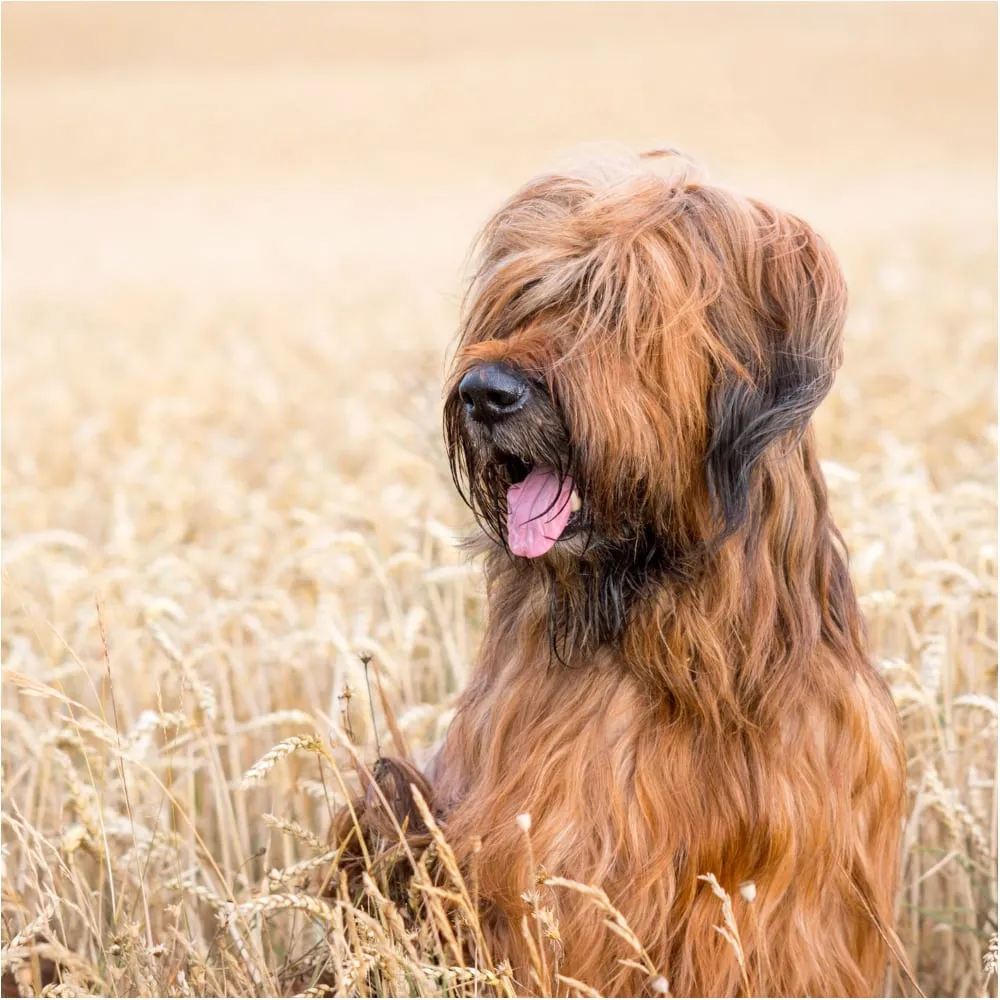
Soft Coated Wheaten Terrier
The Soft Coated Wheaten Terrier, an energetic Irish farm dog, is happy, friendly, caring, and just stubborn enough, so you don’t forget he’s a terrier. The unique feature of these merry terriers, is their silky, gently waving coat. The Soft Coated Wheaten Terrier is sharp and willful and often has his own agenda; this can make them challenging to train. It also means that obedience training should start early before bad habits become ingrained.
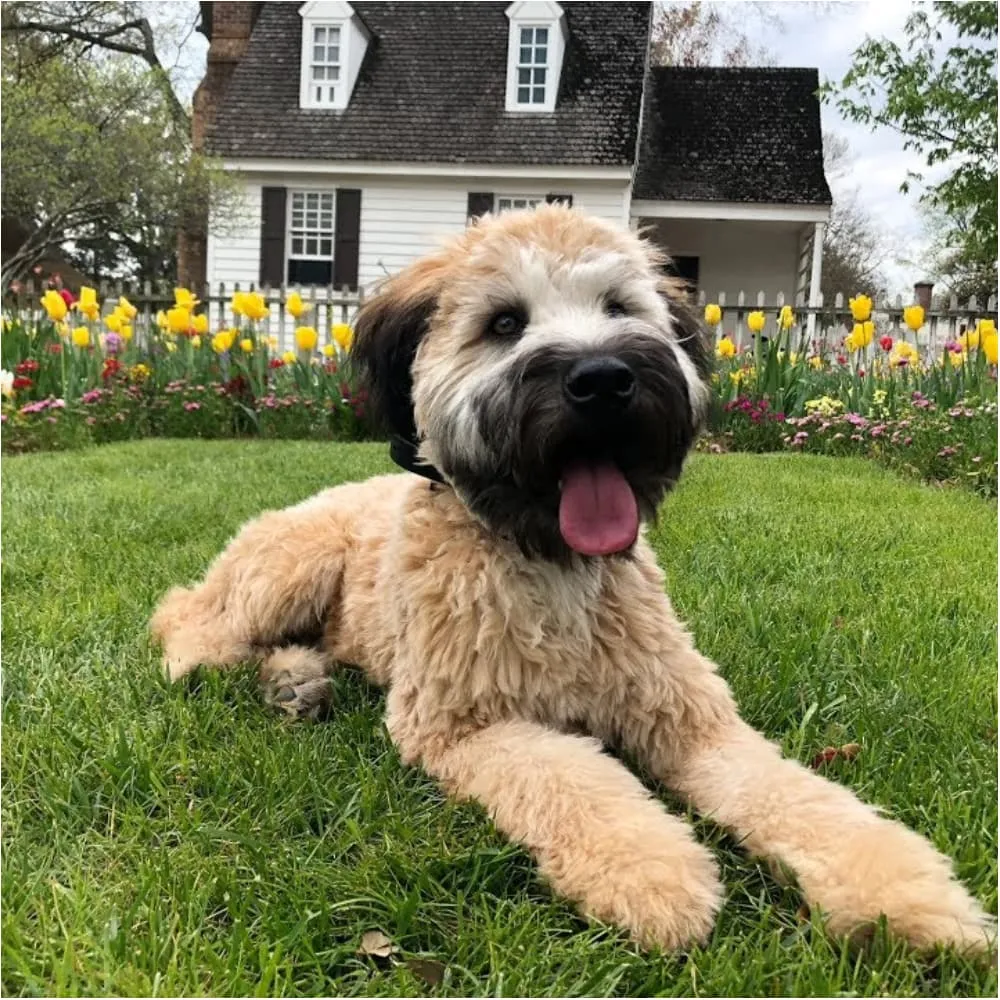
Rottweiler
The Rottweiler is a dog that can seem really scary but once trained they’re incredible companions. They’re originally considered to be herding dogs and can be traced all the way back to the Roman era. They became popular again during the 18th and 19th century as they were used largely for herding, but also for pulling carts of butchered meat into towns which is how they earned their name. Rottweilers make for great guard dogs and are incredibly friendly once they’re trained properly and get enough exercise regularly.

Papillion
The humble Papillion is a highly intelligent and self-assured breed of the spaniel that has been traced back to as far as 1500 AD during the Renaissance, where they were often featured in paintings of the time. Being a small breed of dog, they were considered easy to domesticate and because of their unique ears, they were considered to be almost like stylish accessories rather than pets. Papillions are very sociable dogs once they’ve been trained and socialized, otherwise, they can be quite aggressive.
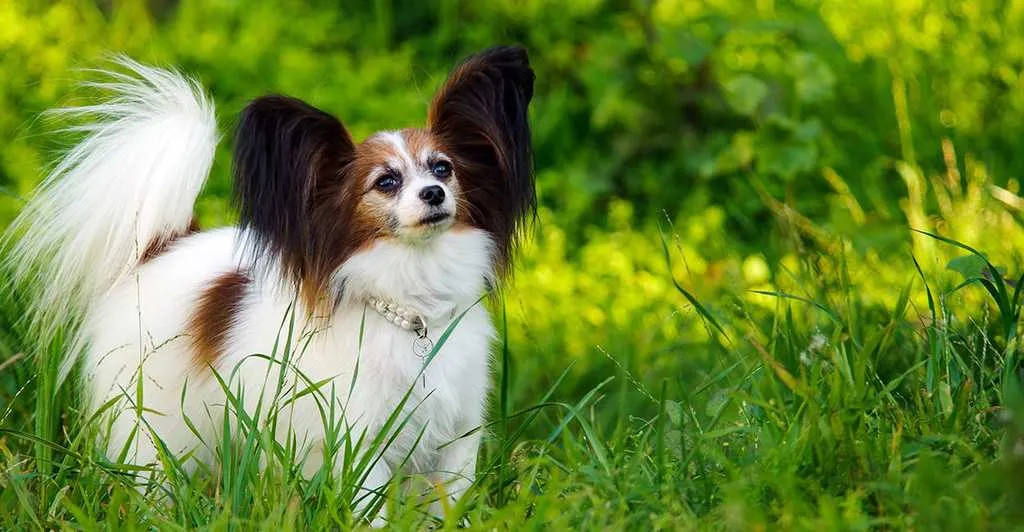
Golden Retriever
The Golden Retriever is a breed of dog that is highly popular in American culture and is officially ranked the most popular dog in the US. Golden Retrievers are known for being highly sociable, friendly and very smart despite their ‘laidback’ attitudes. The Golden Retriever has become a symbol of suburban and rural living and the breed has even made its way into popular culture with movies such as Airbud and Fluke. If you’re raising a family and need a dog for protection Golden Retrievers are perfect!

Doberman Pinscher
Doberman Pinschers are often regarded as being tough and fear-inspiring dogs and sometimes just looking at them can send shivers down your spine. There’s a reason why they are the way they are though. Doberman’s were originally bred as guard dogs by a German tax collector named Karl Friedrich Louis Doberman. As a result, they’re tough, loyal and intelligent guard dogs. However, it’s important to train a Doberman from a very young age to ensure that they aren’t aggressive later in life.
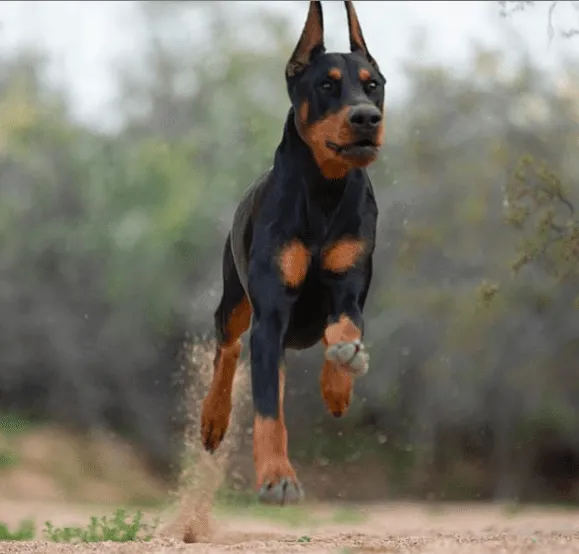
English Springer Spaniel
English Springer Spaniels were bred in and are native to, well, England! They were originally bred as dogs used for hunting game such as birds, rabbits, and even fish. Because of this, they are incredibly clever dogs who respond well to training and are known for having a particularly good sense of memory. However, due to the fact that these dogs were originally bred for sport, when left alone for too long they can become hyperactive and mischievous, so it’s best to walk them often.

Australian Cattle Dog
The Australian Cattle Dog has been bred specifically with the intention of being a herdsman’s dog and are thought to be highly intelligent and quite independent. However, due to the nature of the dog’s genetics, they tend to require a certain degree of training before they’re really suitable for domestic use. This is because they’re highly energetic dogs and lots of long walks, healthy food and games to play in order to keep them calm or healthy – otherwise they can get quite disobedient.
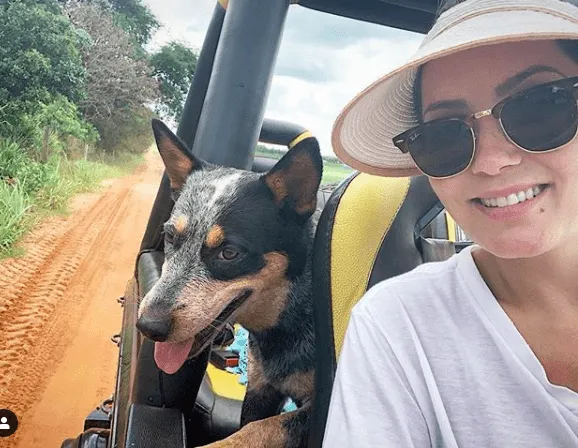
Miniature Pinschers
This proud, daring, and fun-loving toy breed with a shiny coat and a compact physique is a real personality dog, known for their intelligence and pep. They can be very active and athletic and require plenty of exercise. They are sturdy, compact dogs that are also very bright, but they can also be independent and may test their owner’s limits, so obedience training at an early age is a good idea. Miniature Pinschers are valuable as watchdogs, despite their tiny size.
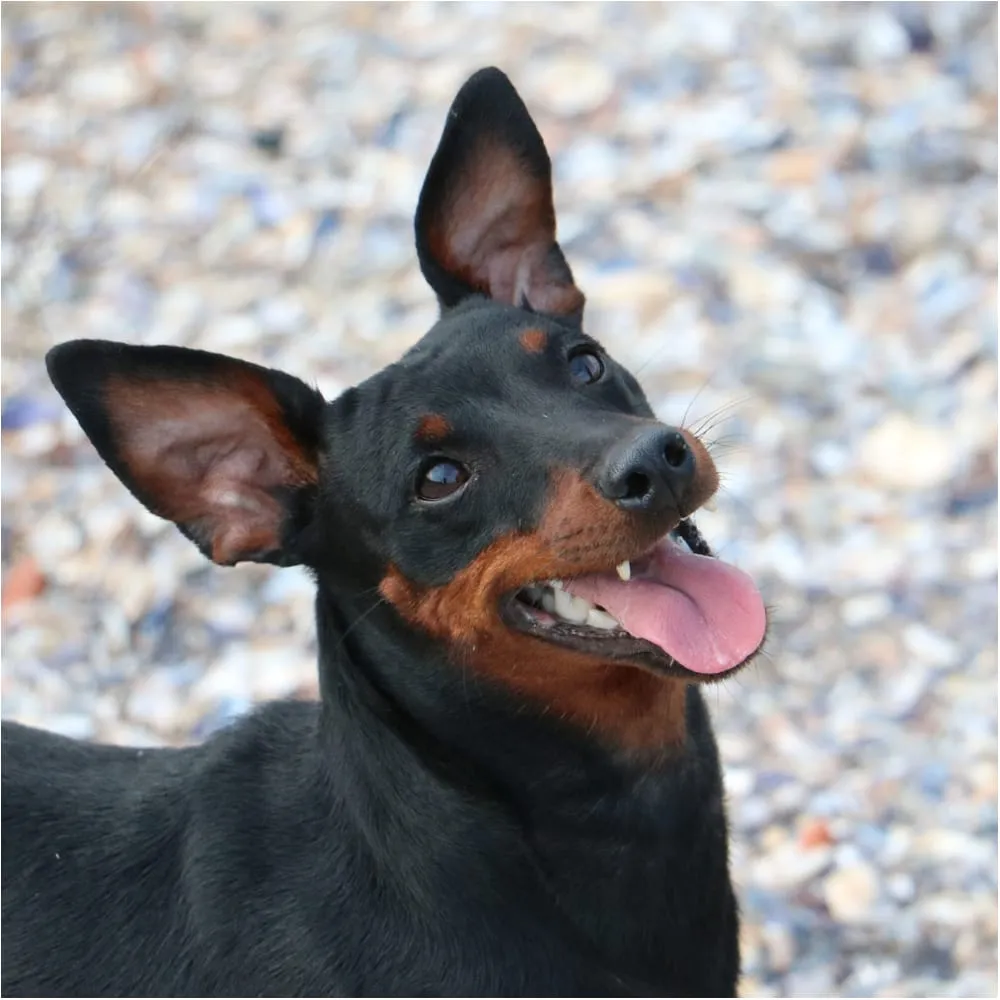
Novia Scotia Duck Tolling Retriever
While the name might seem a bit long, this breed is actually only really a medium-sized one. The Novia Scotia Duck Tolling Retriever earned its name by being able to lure fowl towards the hunters shooting range. In general, these dogs are considered to be intelligent, responsive, calm-natured and easy to please. This makes them ideal for domestic use or in a more rural setting. While they may look a lot like small Golden Retrievers, they were bred for a different reason.
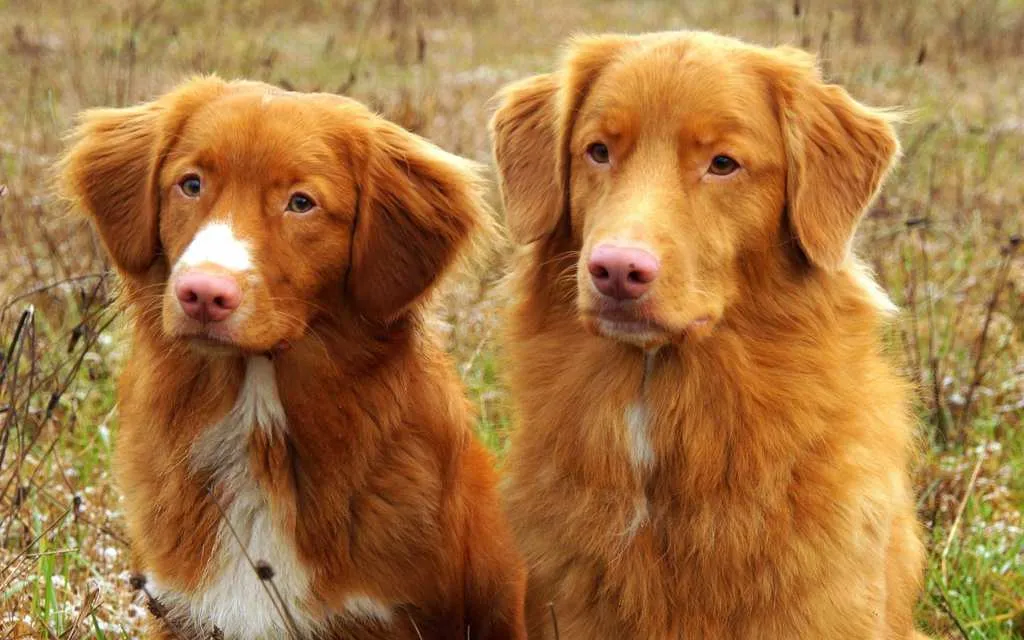
Miniature Schnauzer
The Miniature Schnauzer is a dog that was originally bred in Germany. The Minature Schnauzer is essentially a mixture between three common German breeds, namely the Affenpinscher, Miniature Pinscher, and Poodles. At first, they were bred in order to help keep the growing rat population under control in early German society but later began to develop the characteristics often associated with guard dogs. They’re also highly intelligent dogs and know how to discern between a serious threat and something that’s safe so can keep your house protected properly.

Belgian Malinois
Belgian Malinois are known for being some of the hardest working dogs around and have been bred to be herders. As a breed, they look similar to the German Shepherd but have a much more square form and a shorter coat than the German Shepherd, although their colors are often similar. They are considered to be kind and trusting dogs who are incredibly loyal. They are also incredibly friendly and are a joy to have around your home – after they’ve been trained of course!
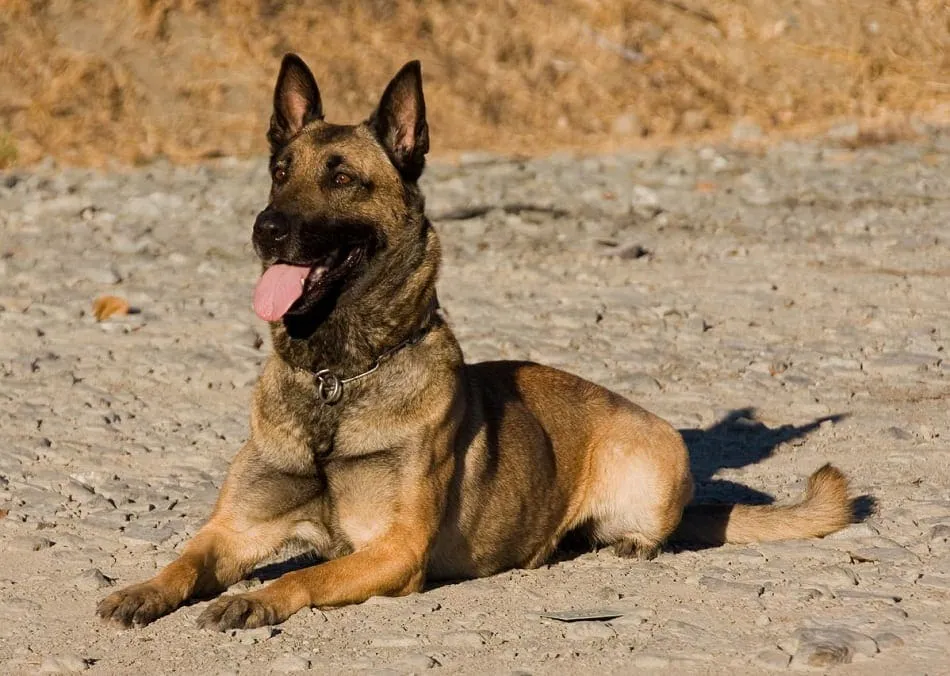
Weimaraner
The Weimaraner is considered to be a calm and trusting dog that is as loyal as a dog can be. They were originally bred for hunting during the 18th and 19th century, making them fast, agile and clever dogs – so long as they have the right training. In general, the breed is considered to be a very calm one and domesticating Weimaraners can be quite easy – especially if you raise them from a puppy. Their passive nature and a good sense of smell make them incredibly good guard dogs.
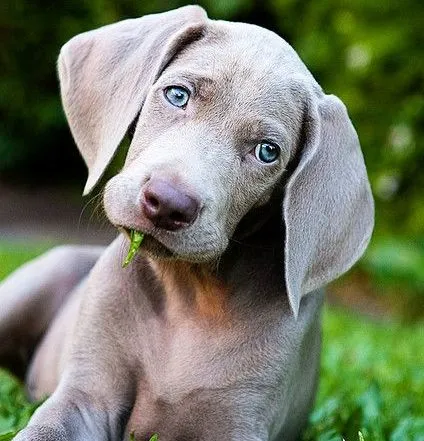
Belgian Tervuren
The Belgian Tervuren is a breed of shepherd dog that was named after a town in Belgium. However, before 1959, the breed was only known as the Belgium Shepherd but this was changed when it was categorized separately. These dogs are very intelligent and responsive – not to mention fast and agile. They crave a lot of intense exercise and are known for making excellent show-dogs due to their energetic nature and trainability. If you live in a more spacious area – these dogs are perfect for you!
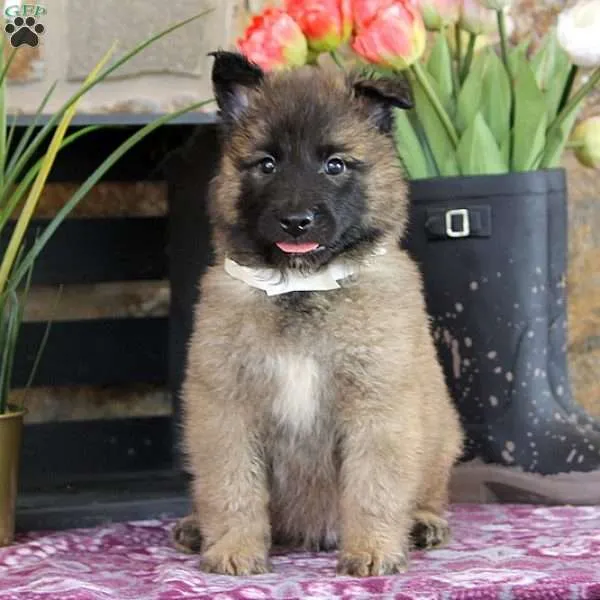
Labrador Retriever
Labrador Retrievers were originally bred to be hunting dogs and their job was to essentially bring back the game after being hunted. Because of this long history of conditioning, Retrievers have become synonymous as guide dogs and are often used to help those afflicted by blindness, autism or other disabilities. They are incredibly intelligent and sensitive dogs that are known for their loyalty and independence. As a dog, Labrador Retrievers are incredibly easy to train and are considered highly responsive. They make great family additions or guard dogs.
